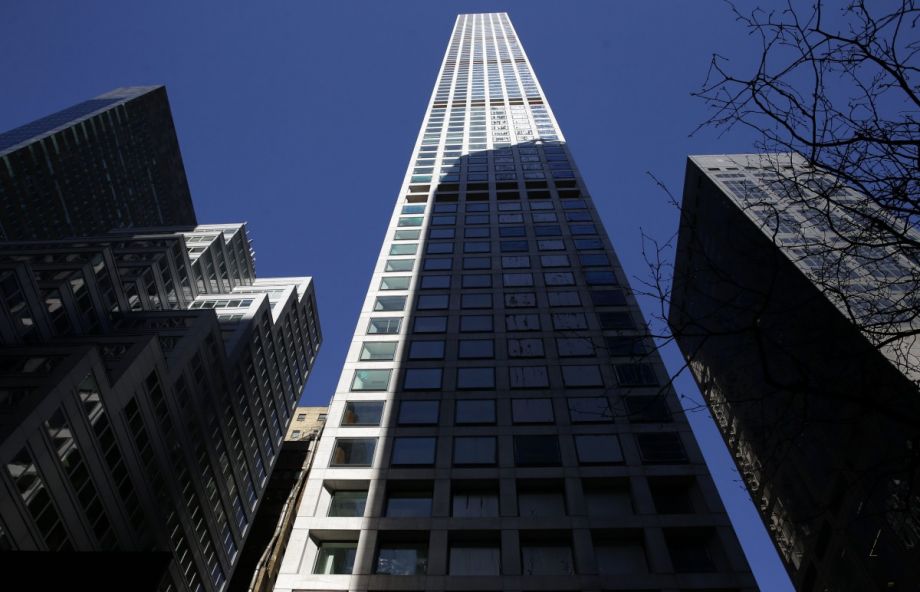Skyscraper apartment buildings could soon be popping up in neighborhoods across New York City. New York magazine reported Sunday on a set of “nearly secret” bills in Albany, New York, that would remove size restrictions of residential buildings in all of the city’s five boroughs.
The current cap on residential buildings dates back to 1961, when it was written into the zoning code and enacted as a state law. New York breaks down how building size is regulated.
The rule change is subtle, affecting the formula called floor-area ratio, or F.A.R., that is used to compute the bulk and size of any building. Right now, residential buildings can have an F.A.R. of up to 12: A 5,000-square-foot lot, say, can be occupied by a 60,000-square-foot building, which usually works out (because of space set aside for setbacks, plazas, and so forth) to 20 to 25 stories.
The new legislation, introduced by Brooklyn Senator Simcha Felder and Harlem Assemblyman Ketih Wright, eliminates the limit, though developers would have to get anything about 12 approved by the Department of City Planning and the local city council. Many neighborhoods also already have absolute height restrictions set by the city and wouldn’t be impacted, but there are some that don’t, including Downtown Brooklyn and Midtown.
When developers propose buildings larger than 12 F.A.R., the city’s mandatory inclusionary housing rules would kick in. Mayor Bill de Blasio is eager to make that trade. He has spoken up in support of the bill, saying that getting rid of space restrictions frees up developers to introduce public benefits into their projects, such as infrastructure investment or affordable housing.
Some critics say denser streets could change the nature of the neighborhoods, or, as Sarah Laskow wrote about in a Next City feature last year, threaten light, air and street-level access to sunlight. But, as Laskow points out, it is possible to “build tall without casting deep, dark shadows on the street,” and increased density is necessary to keep up with NYC’s housing needs.
The bills could be passed before the session ends Friday.
Kelsey E. Thomas is a writer and editor based in the most upper-left corner of the country. She writes about urban policy, equitable development and the outdoors (but also about nearly everything else) with a focus on solutions-oriented journalism. She is a former associate editor and current contributing editor at Next City.
















